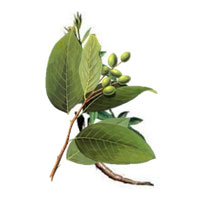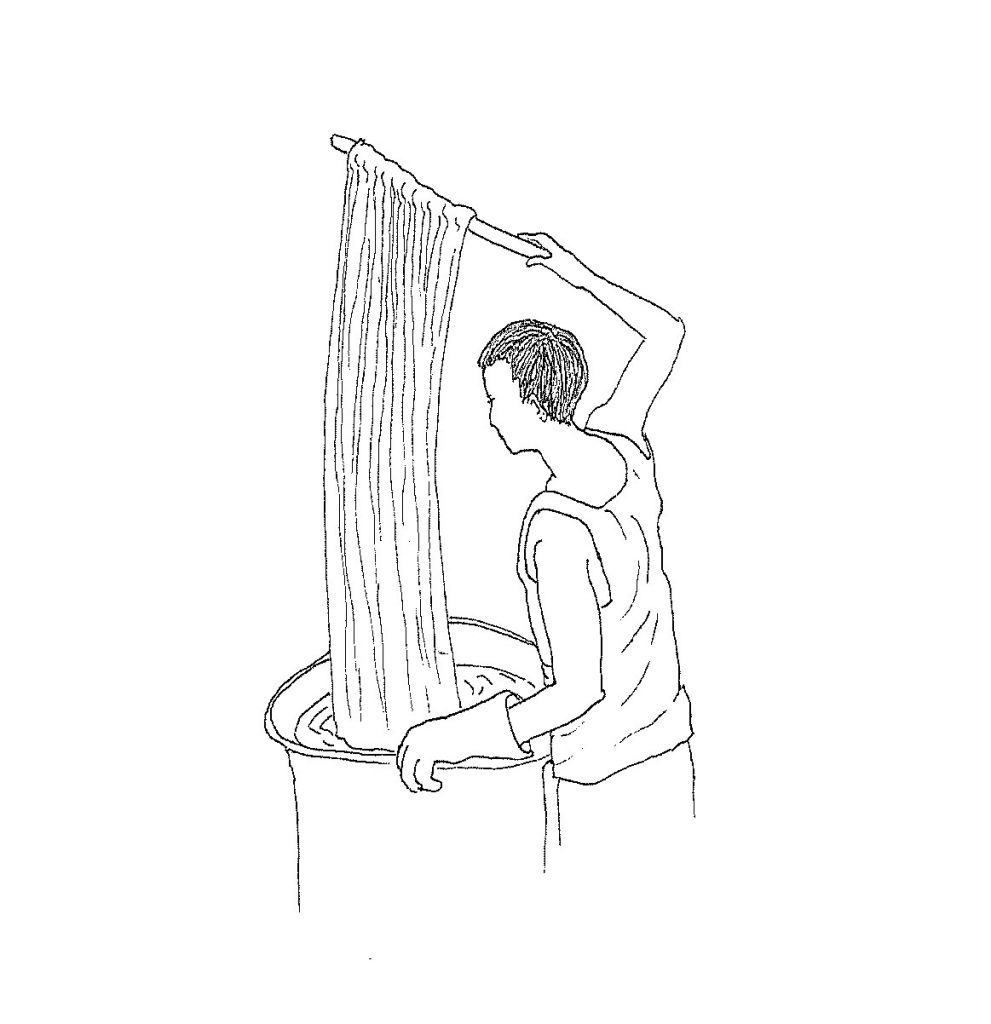Today we have decided to answer a question that many people ask themselves “Does natural fabric dye hold up over time?”
In order to answer this question, we need to look at how it happened, no more than a few hundred years ago. Indeed, before the emergence of chemical or synthetic dyes at the end of the 19th century, the dyeing of textiles was only done using natural resources such as plants, insects, and minerals for example.

We still find today vestiges of the natural dyeing in the museums like for example the tapestries which compose the famous curtain “The Lady with the Unicorn” (preserved in the national museum of the Middle Ages-Thermes and Hotel of Cluny, in Paris). This sumptuous tapestry was dyed mainly with Madder.
If you want to learn more about natural dyes – click here

Between 1508 and 1512, Michelangelo painted the frescoes in the Sistine Chapel with a mixture of saffron, travertine white, and shadow powder. Saffron was, in ancient times, a very precious dye.
You will have thus understood it, natural colors last over time!
However, it may have happened one day that you had some disappointments with natural dyes.
There can be several reasons for this poor outfit:

Wrong choice of plants: there are plants known for their dyeing virtues. As explained in the encyclopedia of Diderot and Alembert for example there are plants called “great complexion” which are resistant to time, light and washing and plants “small complexion” which are much less so.
Also, Read – 5 good reasons to go for natural dye
Wrong choice of fabrics :
-
- We sometimes think that a dyeing workshop can help us bring old clothes back to life. However, we must be very careful when choosing fabric. Indeed, stains can appear after having dyed its fabric with natural dyed. The reason? Your antique fabric may have been stained with unnatural detergents before, the natural dyeing brings out these old stains.
- A fabric that has been too primed (that has had too many products on it to ennoble it) makes it difficult for the colors to penetrate and lengthens the fabric dye process. In fact, when faced with a fabric that is too primed, the dyer must wash it a lot to remove all these primers so that it receives the natural dye correctly.

Bad Dyer’s technique/recipes:
-
- The preparation of the fabric has not been carried out correctly: mordanting is a crucial step for many natural colors. Indeed, it is necessary to prepare the fabric correctly so that it is impregnated with natural colors.
- The dyer has not elaborated a recipe or has not followed a protocol properly: in natural dyeing, it is important to follow the protocols correctly so that the dye is properly impregnated into the fabric. Wanting to go too fast is therefore not the solution because it jeopardizes the good holding of the dye. It is therefore important to let the fabrics soak long enough and to rinse them well for example.
Bad treatment of the end user: it is important to take care of naturally dyed fabrics. Indeed, they must respect particular washing and drying conditions in order to preserve their colors.
PS: You wouldn’t imagine washing your organic vegetables with chemicals… It should be the same as what we wear. Of course, it is always possible to machine wash naturally dyed fabrics, and if you sometimes use non-organic detergents, the color will not suddenly fade. But to preserve them as well as possible, nothing beats an ecological or even 100% natural detergent.
In the end, natural dye will always be beautiful but if one day you are disappointed with one of your purchases in natural dye, please do not blame it on NATURAL DYE, because this art lies above all in the action of Man in the natural chemistry between plants and textiles.
Be indulgent because it is a precious know-how that has almost been lost and that we must know how to encourage and preserve!
We recommend some washing and care conditions for your naturally dyed fabrics:
- Wash maximum of 30 degrees
- Wash dark colors separately
- Dry in the shade
- Do not bleach
- Wash and iron inside out
- Wash with ecological detergents
NB: Eye and nose irritations, growth retardation, loss of fertility, eczema, hives, asthma and many others… The chemical dyes used in dyeing workshops can be responsible for various diseases. So, before choosing your clothes, take a good look at the components used.

